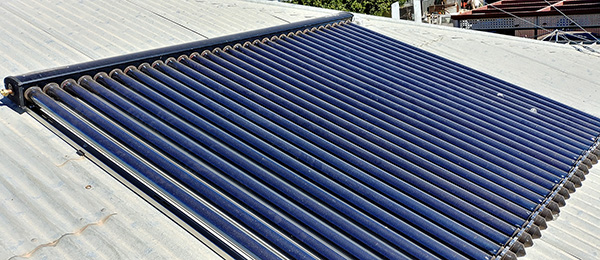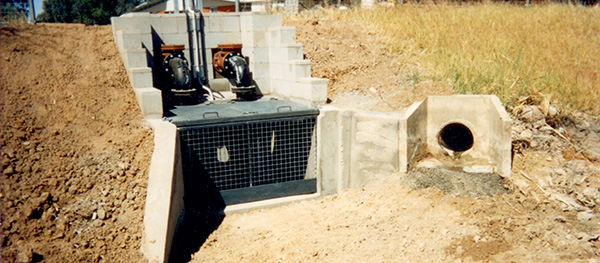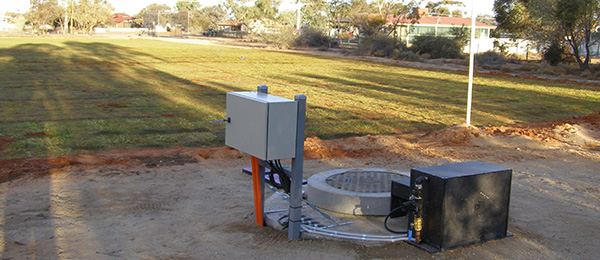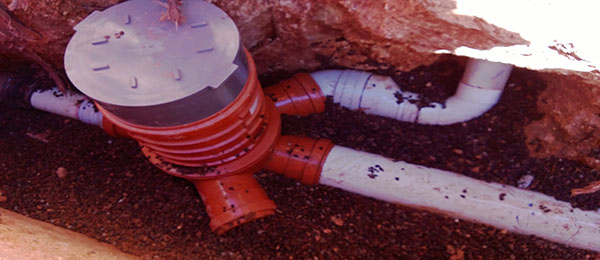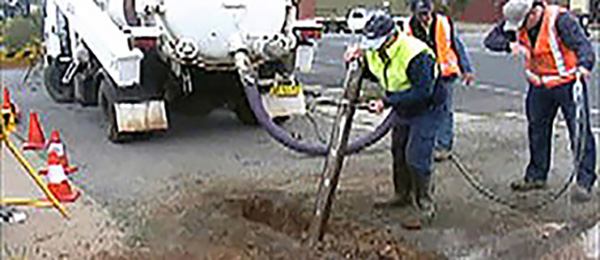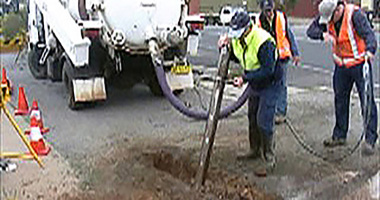Drain Repair
Methods of drain repair using no-dig technology...
Header Content Region
Insert text, image or banner ads here, or just delete this text and leave this area blank!
Hot Water
One of many installations taking advantage of the Government rebate schemes. Water heated by solar, or heat pump, helps save our planet and saves you lots of money. Learn more about these on the hot water page...
Flood Prevention
An example of some larger scale specialised plumbing. We constructed a pump well with inlet weir and grating, with two large pumps on guide rails. In flooding situations the large influx of storm water could then be pumped outside the levee banks. See more on the portfolio gallery.......
STP and Distribution
Sewer from three homes and School amenities at an Outback School was run through 3 small Sewer Treatment Plants to this distribution well. What was once a dust bowl is now a green, grassed play oval of approx 30 x 50 metres.
Drain Repair
No relining this time. After CCTV inspection and diagnosis small sections of drains were replaced and sewer junctions with large diameter access risers were installed as a safer alternative to using access manholes.
Hydro-Vac
An example of hydro-vac excavtion. This high pressure gas main was suspected to be leaking. After setting up traffic control and emergency procedures it was carefully located by potholing. Following this the entire tee section and pipes were exposed for an easy and safe repair.


